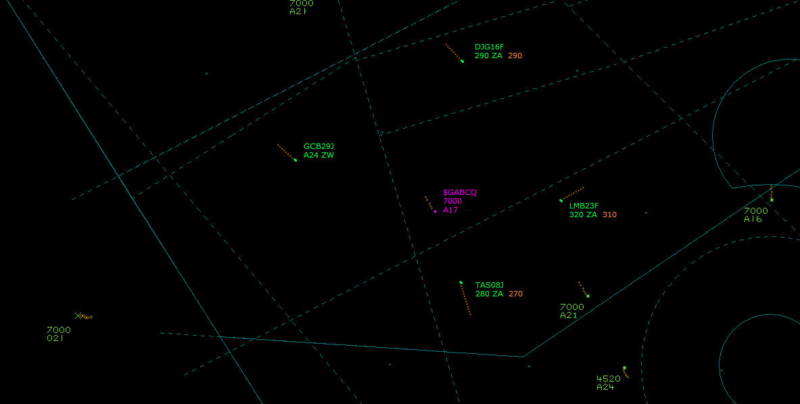Over the past few weeks we have highlighted the issues associated with airspace infringements including the significant impact they can have on controller workload, the necessary avoiding action, delays and cost that can result to other pilots following an incident.
Airspace infringements can be either lateral incursions across an airspace boundary or vertically into the airspace. So, how or why do these infringements occur? Failing to observe an airspace boundary on a chart or an electronic moving map is one explanation, but investigations have revealed a common causal factor is the use of the incorrect pressure setting on the altimeter. There are four pressure settings that pilots use routinely.
1) QNH* – ‘altitude’ – the vertical distance above mean sea level.

2) QFE*– ‘height’ – the vertical distance above the ground.

3) Regional Pressure Setting (RPS) – the lowest forecast pressure setting within a region for the next two hours. It is not a QNH as it is not a measured value. An aircraft flying with RPS set as the datum will be at a slightly higher altitude than an aircraft with the correct QNH. Therefore, if a pilot believes they are just below the base of controlled airspace when the RPS is set, it is possible that the aircraft can be higher that the pilot believes. This will be indicated on a radar controller’s display as a possible infringement.
4) Standard Pressure Setting – 1013.25hPA.
A specific pressure datum provides a surface of constant atmospheric pressure. The flight level (FL) is a nominal altitude of an aircraft, as opposed to the real altitude.
Controlled airspace vertical limits are published as either an ‘Altitude’ or ‘Flight Level’. Altitudes are ‘above mean sea level’ – therefore if operating underneath a control area (CTA) the QNH for the controlling authority for the CTA should be used. Pilots should exercise caution when operating at an altitude, in low pressure (1013hPA or less),and under controlled airspace when the base is published as a Flight Level.
After departure from an airfield, or following a missed approach, if the pilot fails to change from QFE to QNH the altimeter will continue to indicate height above the ground from the runway. The pilot may believe they’re ‘just below the base’ of any en-route controlled airspace but this can be incorrect.
Using a regional pressure setting (which will be lower than aerodrome QNH) will indicate a higher altitude than the aircraft is actually flying at. When operating under controlled airspace it is important the altimeter is set to the QNH of the nearest aerodrome and not the regional pressure setting. The QNH can be obtained by requesting it from the unit, listening on the published frequency or from the ATIS (Automatic Terminal Information Service).

If operating at an altitude below controlled airspace with a notified base as a Flight Level it is possible to infringe the CTA when the pressure is less than 1013hPa.

The use of the appropriate pressure setting is important wherever you’re flying in UK airspace. However, the significant safety implications of not only using the appropriate setting but the correct numerical value when operating underneath or close to controlled airspace ensures airspace infringements are avoided and separation from other aircraft can be achieved.
*Q codes are a standardized collection of three letter codes initially developed for commercial telegraph communication
Comments
Please respect our commenting policy and guidelines when posting on this website.



15.08.2017
13:16
James Chan
The article highlights why we should perhaps deprecate the use of RPS and QFE, and use only QNH and the standard pressure setting.
In addition, the transition altitude across the whole country should be the same.
22.08.2017
21:37
Thomas G D Thorley
Hi – The wording of the fourth paragraph after 4) is a little confusing. It says “Using a regional pressure setting (which will be lower than aerodrome QNH) will indicate a higher altitude than the aircraft is actually flying at”. Yes, the RPS will be lower than an aerodrome QNH within the region, but, as a result the aircraft altimeter will display a lower altitude than the aircraft is flying at if it’s set to the RPS. not a higher one (i.e. the RPS primarily provides terrain clearance), and hence the infringement risk.
29.08.2017
13:17
Steve Balfour
I remember being asked to comment on a proposal to remove Altimeter setting Regions 22 years ago, and they’re still around! Harmonisation of U.K. transition altitudes is long overdue. My preference would be 6000′. This gives 1,500 clearance over out highest elevation (Ben Nevis) and would also accommodate the steep horizontal pressure gradients often experienced in our FIRs.